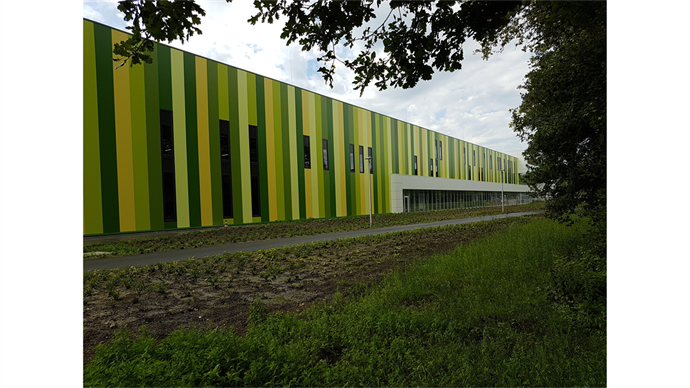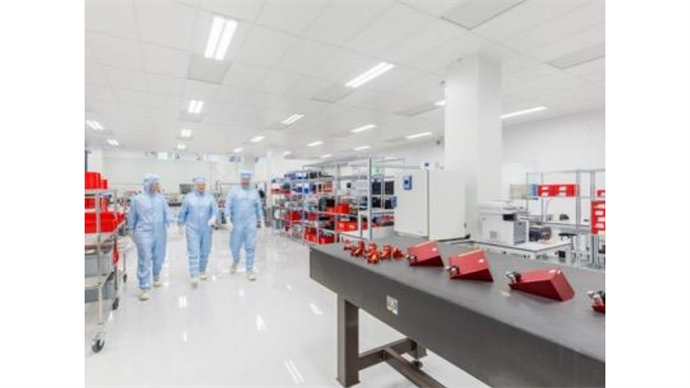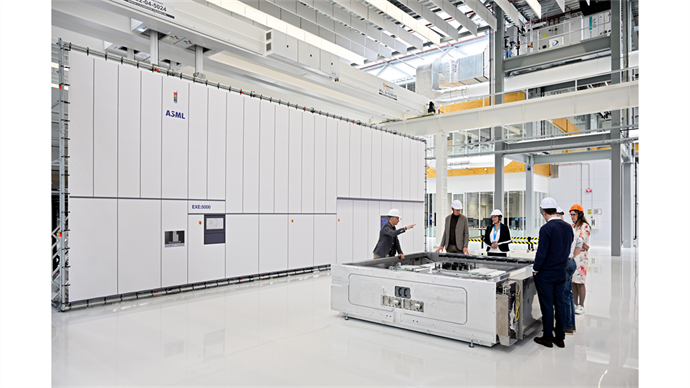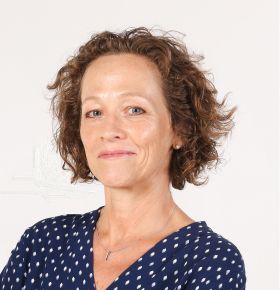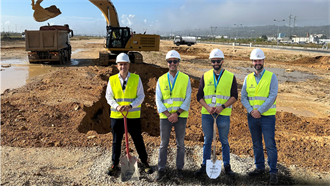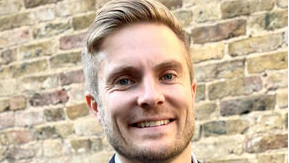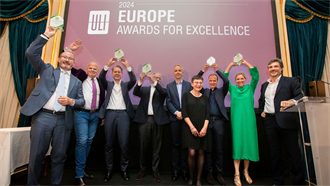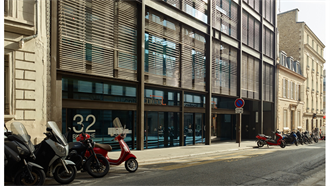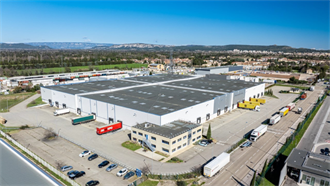Brainport Industries Campus (BIC) in the Dutch city of Eindhoven, owned by UK investor Capreon, is pushing the boundaries not only in terms of its high-spec manufacturing facilities but also in the way it operates as an ecosystem.
MAGAZINE High-tech hub in the front line of European innovation
- In Magazine highlights
- 09:22, 20 November 2023
Premium subscriber content – please log in to read more or take a free trial.
Events
Latest news
Best read stories
-
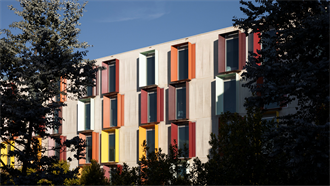
Weekly data sheet: Investors unveil student housing investment strategies
- 18-Oct-2024
The investment arena for European student housing assets widened further this week with a string of players kicking off new investment strategies for the asset class across Europe.


